

STAAD stands for Structural Analysis And Design. STAAD.Pro software is widely used in analyzing and designing structures – buildings, bridges, towers, transportation, industrial and utility structures. Designs can involve building structures including culverts, petrochemical plants, tunnels, bridges, piles; and building materials like steel, concrete, timber, aluminum, and cold-formed steel.
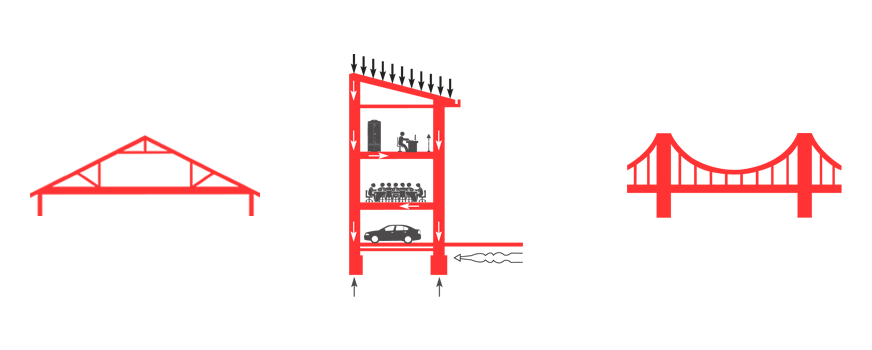
STAAD.Pro helps structural engineers automate their tasks by removing the tedious and long procedures of the manual methods.
Course Schedule & Fee Inquiry
STAAD.Pro comes with flexible modeling environment, advanced features, and fluent data collaboration. It is the world’s number one structural analysis and design software that supports Indian and all international codes.
STAAD.Pro allows structural engineers to analyze and design virtually any type of structure. Structural engineering firms, structural consultants, departments in construction companies, owner/operators, and government agencies, and offshore platform designers’ use this software extensively.
CADD Centre’s STAAD.Pro training covers all the steps involved in structural analysis and design of concrete and steel.
We introduce you to STAAD.Pro’s state of the art user interface, visualization tools, powerful analysis and design engines with advanced finite element (FEM) and dynamic analysis capabilities.
Some of the features that we focus in training include:
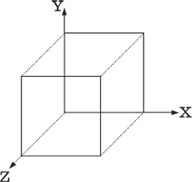
Interactive menu-driven model generation with simultaneous 3D display 2Dand 3D graphic generation using rectangular or polar coordinate systems Segments of repetitive geometry used to generate complex structural models

2D/3D drawings on screen as well as on plotter/printer Full 3D shapes for frames, elements Isometric or any rotations for full 3D viewing
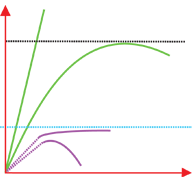
2D/3D analysis based on state-of-the-art Matrix method to handle extremely large job. Linear, p-delta analysis, non-linear analysis with automatic load and stiffness correction.
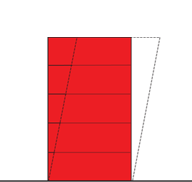
Mass modeling, extraction of frequency and mode shapes Response spectrum, time history analysis Modal damping ratio for individual models
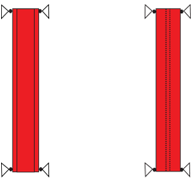
Finite element capabilities, steel design, concrete design, and timber design. Forces and displacements at sections between nodes. Maximum and minimum force envelopes.